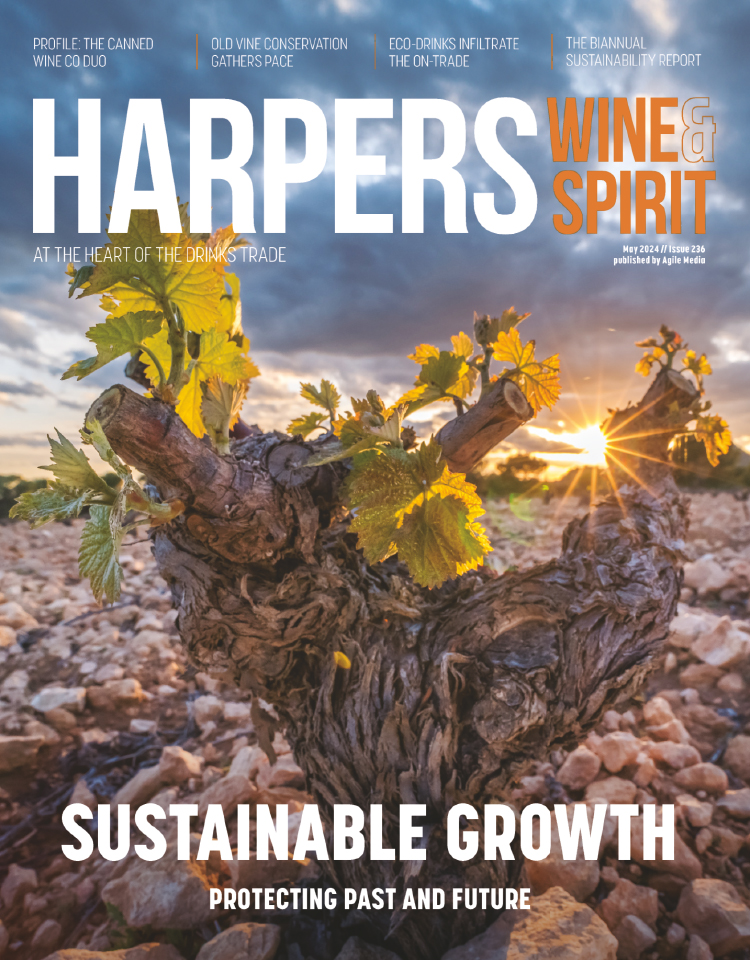
New association in works to highlight Leyda’s cool climate
A new members association is underway to highlight the unique terroir of up and coming wine region Leyda and its surrounding vineyards as a destination for premium coastal climate wines.
The San Antonio Valley, which sits west of Santiago and south of the Casablanca Valley, is a small and relatively new addition to Chile’s wine map with a growing reputation for restrained Sauvignon Blancs and Pinot Noir made possible by the cold Humboldt Current.
Taking this one step further is a small group of producers which, once ratified as an association, will become an official part of government-funded body, Wines of Chile.
The impetus for the new group has come from producers like Chilean giant Viña Ventisquero, which is on a mission to highlight the influence of morning fogs and cooling breezes on its coastal vineyards, while promoting the reputation of Chile’s coot climate wine to the world.
Alejandro Galaz, senior winemaker and cool climate specialist at Viña Ventisquero, told Harpers: “Chile has different valley associations for [more established] regions such as Colchagua and Maipo, and now we will have the San Antonio Wine Association. It’s just eight members currently, but we’re all heading in the same direction, which is to highlight the quality of this area and as a premium area of exceptional production.”
The current members are Garcés Silva, Casa Marín, Matetic, Chocalán, Hacienda San Juan, Casas de Bucalemu, Leyda and Ventisquero (with the last two relating only to their production in San Antonio).
Between them, they total around 500 ha and are open to receiving more producers joining in the group in the future, they say.
The news came as part of Galaz’s visit to the UK on Monday with Viña Ventisquero brand Kalfu.
Several of the wines were truly elegant and distinctive, and had the added kudos of hailing from some the most extreme terroirs on earth – including the Atacama Desert.
Not only are these vineyards situated in the world’s driest desert, they are also just 24 km from the Pacific Ocean – a combination which has resulted in saline soil levels which are off the charts and should, in theory, be deadly to the vines.
“All the literature and research in the world says that over a certain amount of salt content in the soil, there’s no vine that can survive. Basically, we have no idea how they’re alive, but they are,” Galaz added.
Keywords:
- wine
- new
- UK
- Valley
- climate
- group
- association
- members
- cool climate
- highlight
- san
- ventisquero
- san antonio
- viña ventisquero
- marín matetic
- silva casa
- production ”the current
- casa marín matetic
- silva casa marín
- garcés silva casa
- ”the current members





